Milkcaps – great orange mushrooms
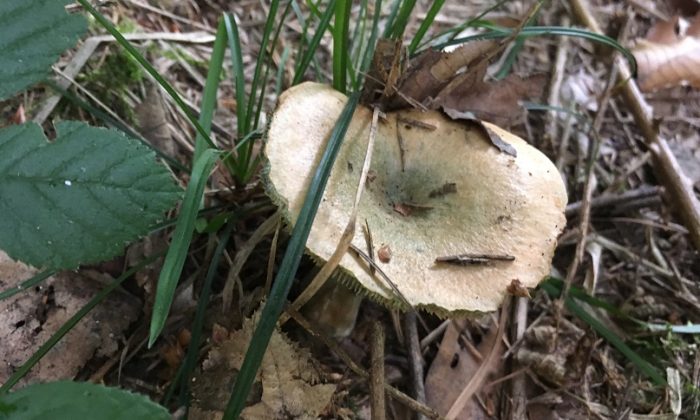
Do you collect lactarius mushrooms, also known as milkcaps, or are you hearing this name for the first time? Whatever the case may be, it will not hurt to talk a little bit about these wonderful mushrooms. Yes, most of them have by excellent taste and you can used them for many things. In this section, we shall focus on two of the most commonly used milkcaps, namely the saffron milkcap (Lactarius deliciosus) and orange milkcap (Lactarius deterrimus). There is not much difference between them, but we shall deal with them separately anyway. Just to give you an idea, there are more than 80 types of milkcap mushrooms in Central Europe, but only about 10 of them are edible. They are mostly inedible, and some of them are slightly poisonous.
Saffron milkcap
It is often referred to as the common or pine milkcap. When young, it has a low-arched pileus, which becomes more and more flat as it grows older. The skin is rather sticky but when the surface is dry, the colour has a slight silvery tinge, but the typical colour is orange, or even brick red. The flesh turns green if cut and exposed. You will also notice dense but very fragile peels that are also orange. The stipe is cylindrical and rather short and usually hollow. When cut or disturbed in any way, a rich orange milk seeps out. Most often you find milkcaps from July to October at the edges of younger forests growing in large circles, but this mushroom is rather rare. As with vast majority of mushroom, also milkcap should be prepared and cooked as soon as possible. Milkcaps are excellent simmered in butter and cumin and if you want to preserve it, you may can it as well.
Orange milkcap
Orange milkcup is similar to the saffron milkcup, but the pileus is larger and in may reach 15 cm in diameter. One noticeable difference is the typical green spot in the middle of the pileus which often resembles a greenish spot on a heat-treated metal. Peels also turn green from below. Fruiting bodies will fade over time. Both of these mushrooms are typical for the distinctive orange milk that oozes out when cut. The taste is bitter when raw, but excellent after heat treatment. It grows in symbiosis with spruce trees, usually from August to November. Milkcups were also used in folk medicine. An antibiotic substance used to fight tuberculosis was extracted and isolated from this mushroom and if we talk about cooking then it is great in sauces and soups. Basically, the same use as orange milkcup.
Photo Radek Štěpán
Strong dye
Just a small “fun fact”. Both mushrooms will turn your urine orange but do not despair as this is common.. Your body eliminates it pretty quickly.
Photo: Radek Štěpán

Gardening is my hobby, I have a lot of experience and I am happy to share it.
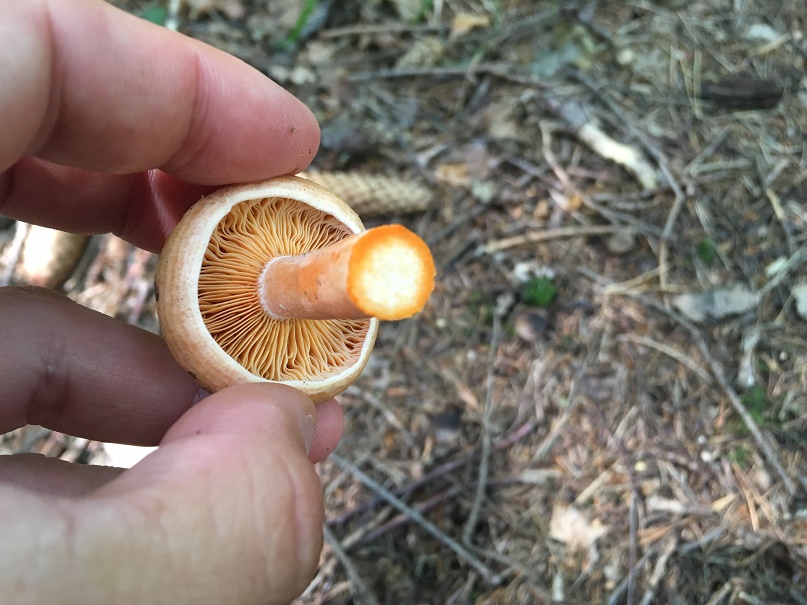
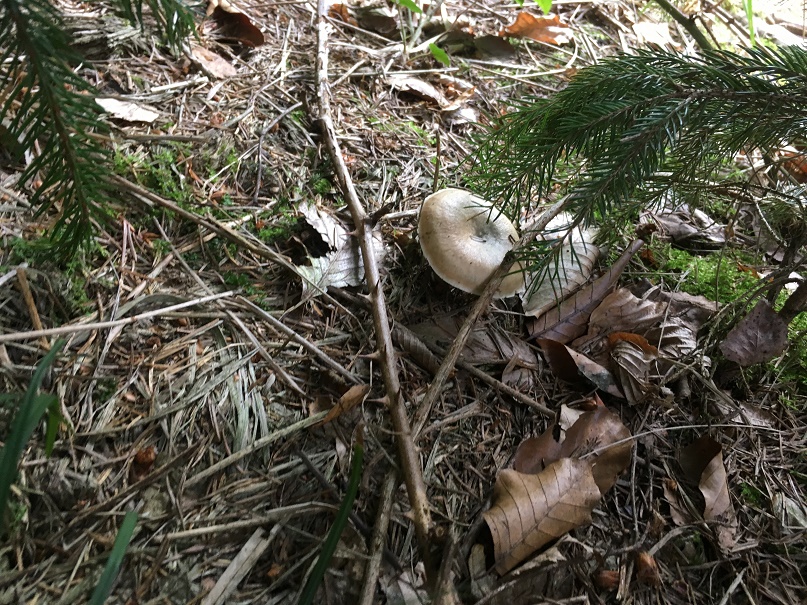



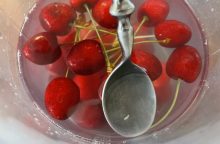
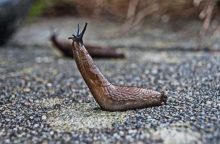

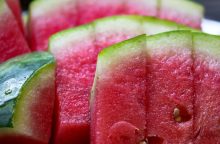
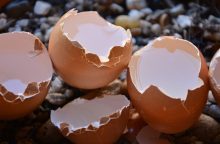
0 comments